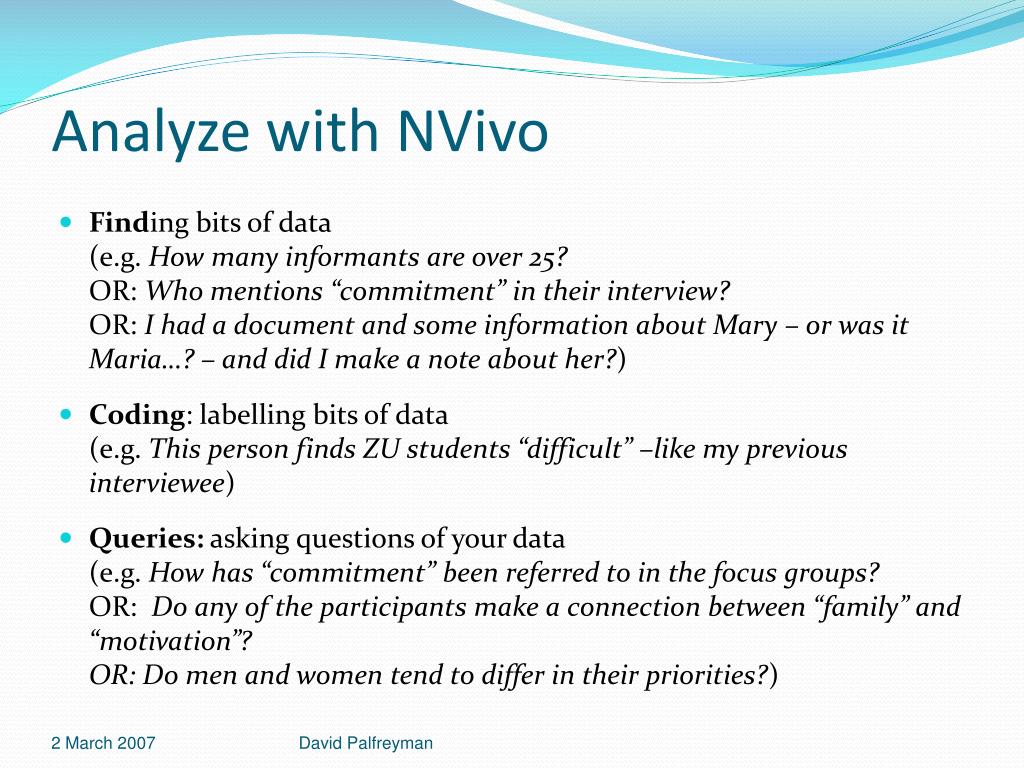


Learn more about observational research.Įthnographic research is a qualitative research method involving the systematic study of people in their natural environment to understand their way of life, including how they see and interact with the world around them. This happens in the natural environment of the participant group. Observations are when a researcher goes on-site to a location to directly observe participants’ behavior. This is commonly used in market research for gathering feedback on product launches, marketing campaigns, service designs, or other concepts. In depth interviews are when the interviewer prepares a discussion guide and interviews a series of participants one on one to explore behaviors, description, and motivations. Interview coding is a great way to analyze what you find in these interviews.įocus groups are when you recruit a specific group of a target audience to participate in a group discussion led by a moderator. Learn more about semi-structured interviews. This allows for a balance between the structure of standardized questions, while allowing the interviewee to take the interview beyond the discussion guide. Semi-structured interviews are when the interviewer prepares a research discussion guide ahead of time to guide the conversation, but allows flexibility in the interview to go off-script. You should select a qualitative methodology that is best suited for answering your research questions. There are more methodologies than what I’ve listed here, but here are some examples. There are many methods of qualitative data collection methods, and each have their own unique advantages and disadvantages. Analysis deals with words, meaning, and interpretation. In the New Node dialog box, enter a name and description (optional).Qualitative research is research that utilizes non-numerical from methods such as observations, in depth interviews, or focus groups, or by analyzing content such as documents, or records.Select the unit of text you want to code in the source item, then drag and drop it into List View, over the prompt “Drag selection here to code to a new node”.If you are taking an inductive approach to coding, you attach codes to units of data as you analyse your files. Click on the text, then drag and drop it over the required node.Select the unit of text you want to code in the data file.Select a Color to specify the colour of coding stripes (optional).To incorporate reference from child nodes within the parent node, select the Aggregate coding from children checkbox.If the node name is very long, you can create a Nickname which will be shorter and quicker to use in the quick coding bar. In the New Node dialog box, enter a Name and Description (optional) for the node.

If you are taking a deductive approach, you will have a list of pre-defined codes and want to create nodes for these and then code your sources to the relevant node.


 0 kommentar(er)
0 kommentar(er)
